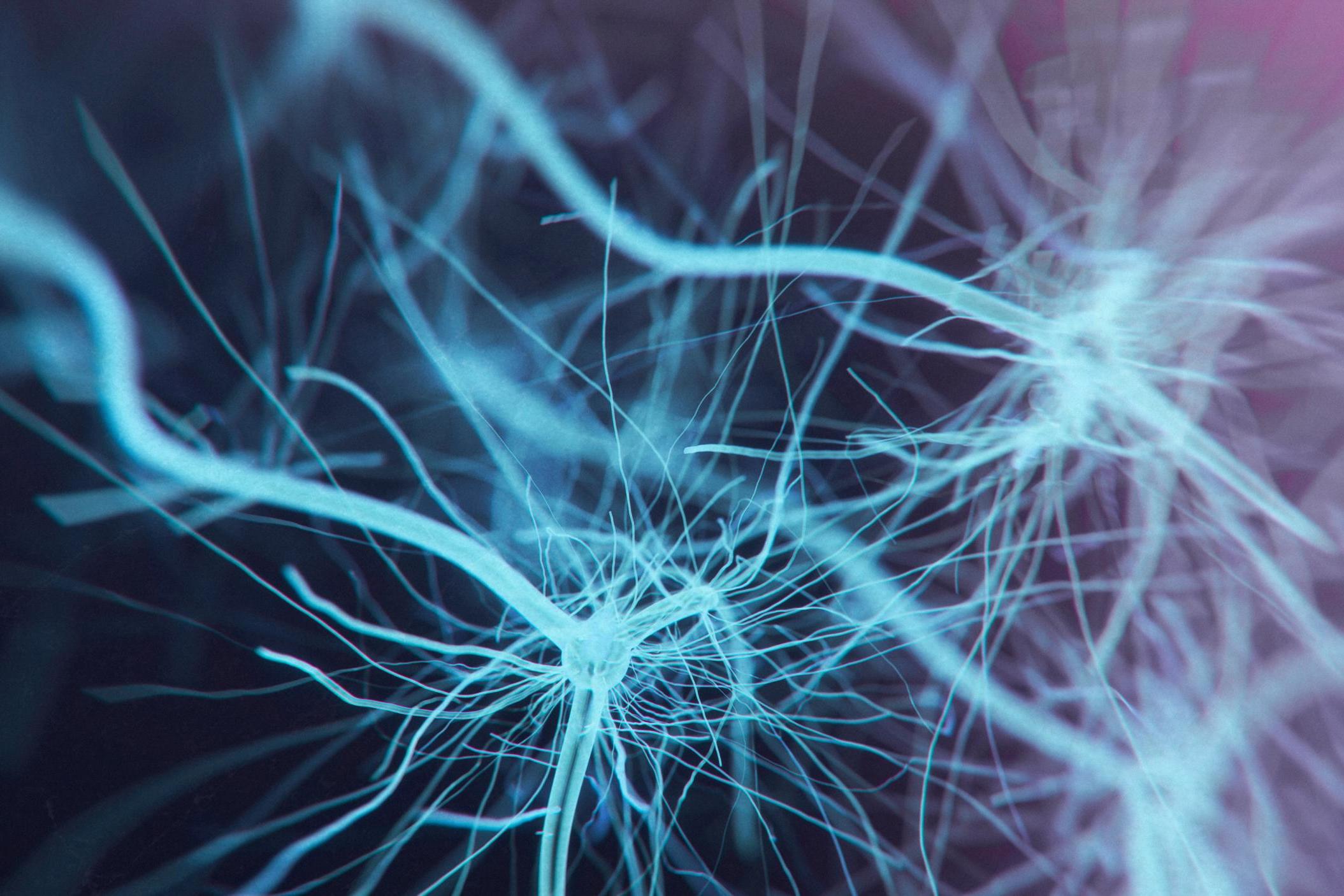Scientists find pain organ that could pave way for groundbreaking painkillers
‘Pain does not occur only in the skin’s nerve fibres, but also in this pain-sensitive organ’

Scientists have discovered a new organ in the skin that senses pain and could pave the way for more effective painkilling medication.
These pain-sensing cells form a “mesh-like network” which is so extensive it should be considered an organ, scientists say. Previously it was believed the endings of nerve cells were unwrapped, but this latest research suggests that is not the case.
“Our study shows that sensitivity to pain does not occur only in the skin’s nerve fibres, but also in this recently discovered pain-sensitive organ,” said senior study author Patrik Ernfors from Sweden’s Karolinska Institute.
“The discovery changes our understanding of the cellular mechanisms of physical sensation and it may be of significance in the understanding of chronic pain."
The new sensory organ has Schwann cells with multiple long protrusions that wrap themselves around nerve cells and help keep them alive, according to the paper published in Science.
These cells sit below the outer layer of skin (the epidermis) and their long tentacle-like protrusions extend up into the outer layer. Not only do they wrap around nerve endings but, like nerve cells, they also process pain and are highly sensitive to stimuli.
In experiments, researchers genetically modified mice so that their the Schwann cells were stimulated by light. When light shone on their feet they licked and shook them, showing that these cells had caused them pain.
Feeling pain is required for survival and protects our bodies from damage by promoting reflex reactions, such as pulling away if you touch something hot.
Almost one in five people experience constant pain and a considerable amount of money and effort is put into finding painkilling drugs.
Scientists say there is still more research to do on this organ.
Dr Ernfors told Gizmodo: “We have not studied humans yet. However, considering that all previously known sensory organs found in mouse also exist in humans, it is possible if not likely that it does exist also in the human skin.”
Join our commenting forum
Join thought-provoking conversations, follow other Independent readers and see their replies
Comments
Bookmark popover
Removed from bookmarks